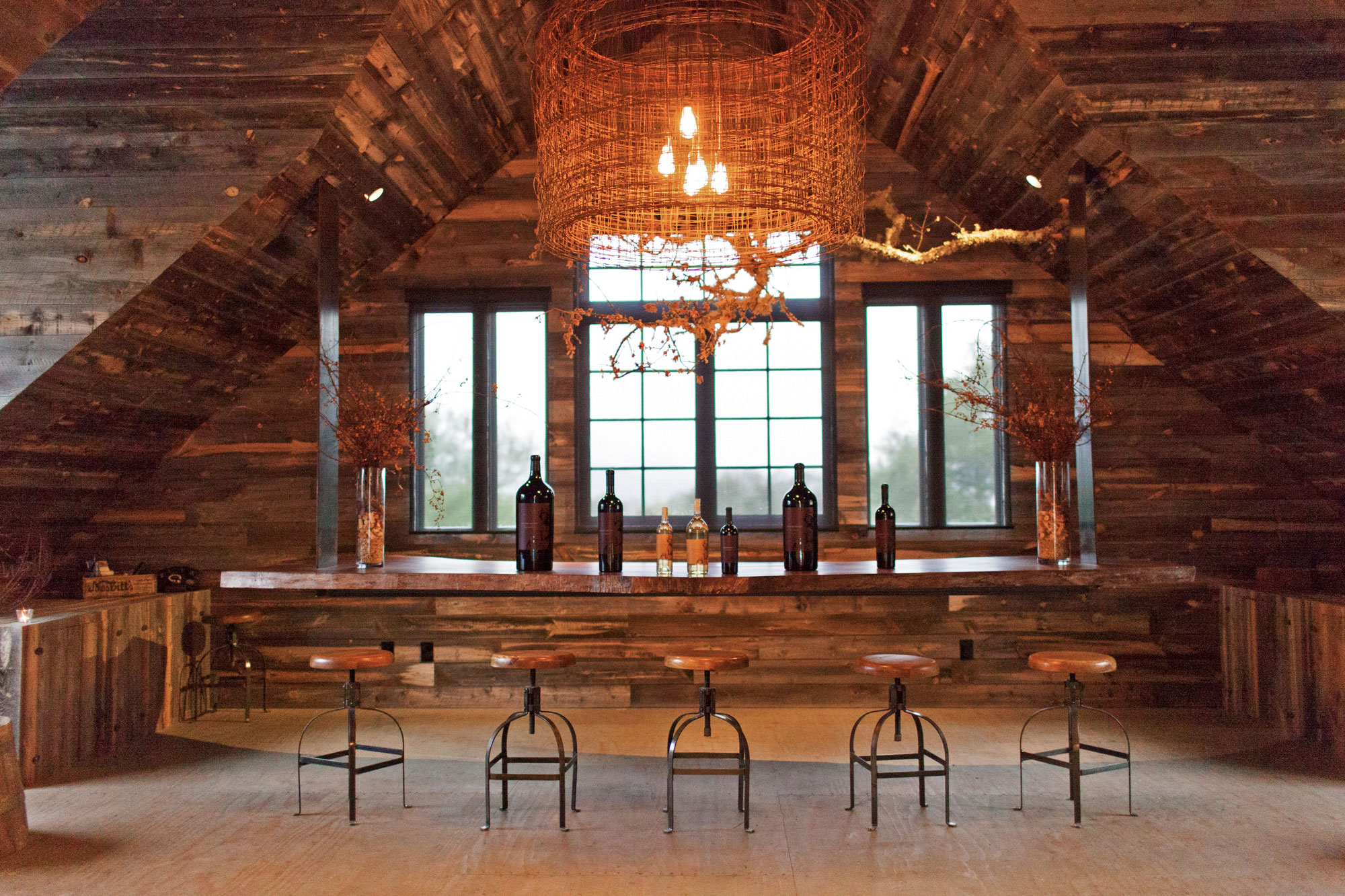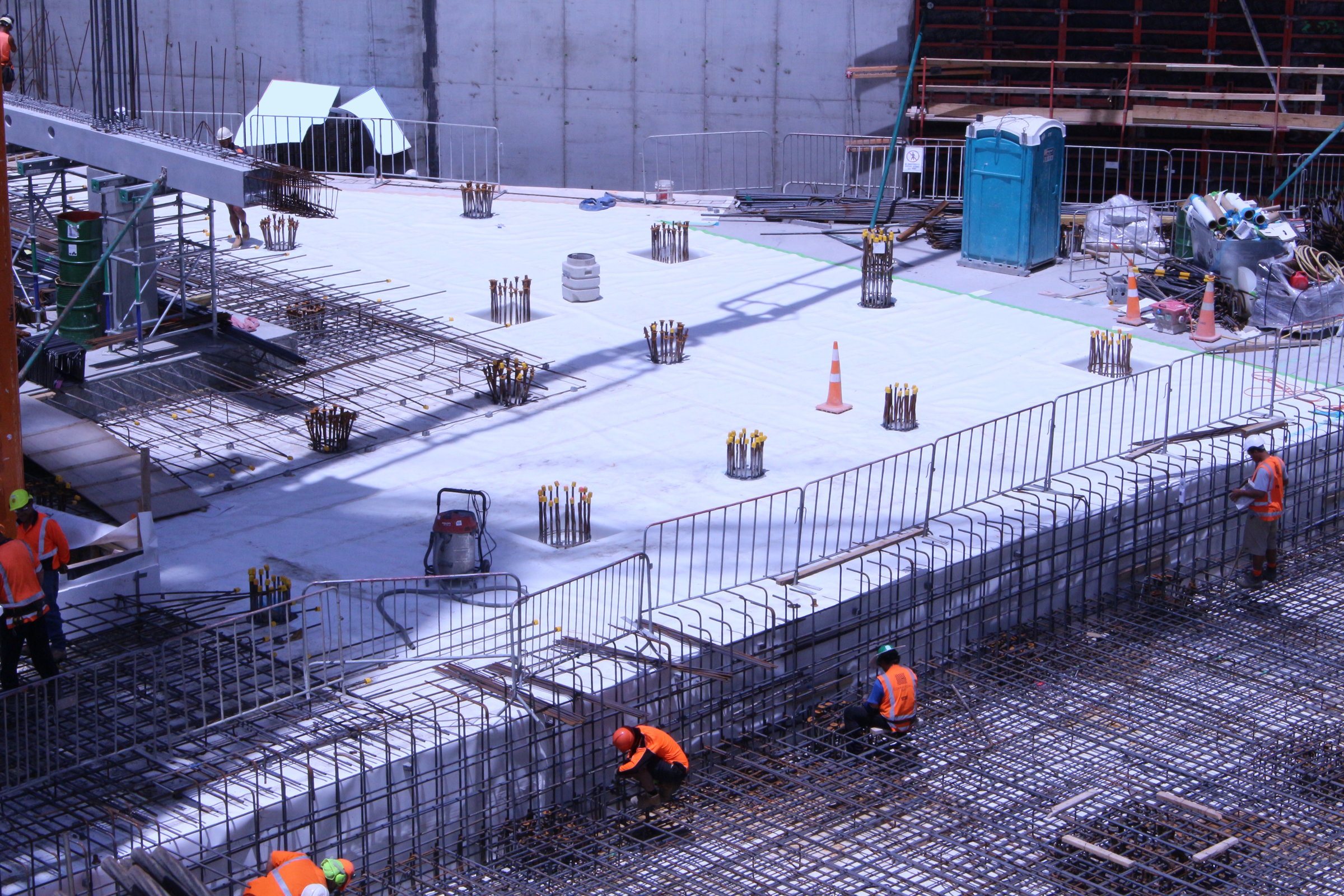Story at a glance:
- Not all reclaimed woods are equal. Wood from Centennial Woods is exposed raw to the elements.
- Centennial Woods is one of the largest providers of reclaimed wood in the world.
- Reclaimed wood can help you earn LEED points on projects.
Across Wyoming, the winter snow blows sideways at speeds up to 80 miles per hour. On highways that span the vast stretches between places like Cheyenne, Casper, Gillette, Rock Springs, Rawlins, and Green River, that snow could pile up on asphalt and make travel hard and road maintenance expensive.
So the state employs a technology that is simple, ancient, green, and less expensive than modern snowplowing. Wyoming uses a type of wooden snow fence that looks a little like an oversized shipping pallet tipped on end. Positioned upwind from state highways, these braced wood fences keep snowdrifts off the pavement so trucks and cars can keep moving.
A 2005 article published in Government Engineering magazine found that every 20 feet of Wyoming wooden snow fences eliminates the need to plow 85 tons of snow annually—saving $116 for every 20 feet of snow fence in highway maintenance and a commensurate amount in greenhouse gasses. A few years earlier the company holding the contract for maintenance of those fences discovered people occasionally stole the wood, indicating market demand. That company is Centennial Woods, which now sells the weathered and reclaimed material to the building and design industries across the US and around the world.
Here are five things you may not know about the wonders of reclaimed wood and Centennial Woods, one of the largest providers of reclaimed wood in the world.
Where Does Reclaimed Wood Come From?
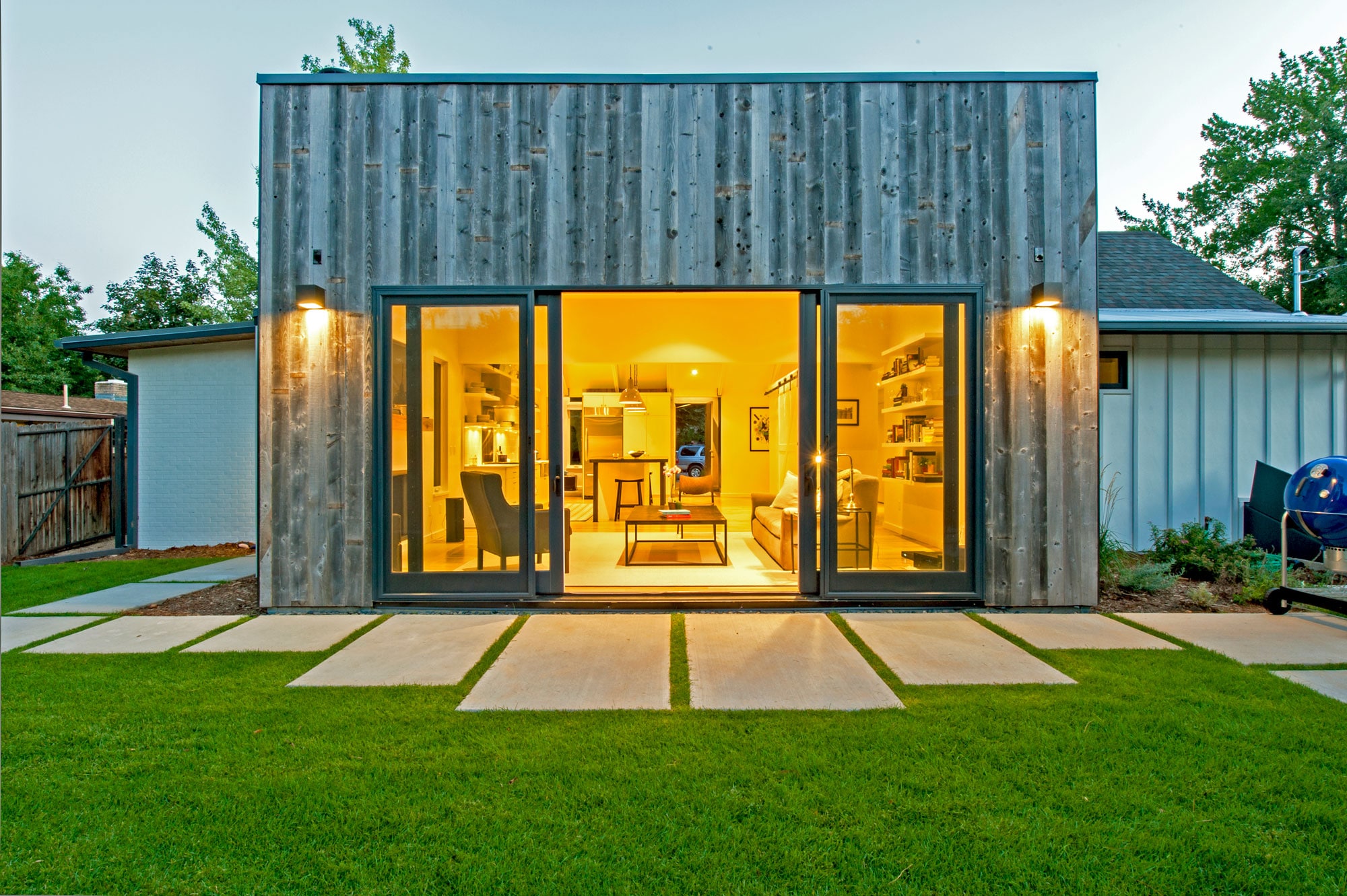
Photo courtesy of Centennial Woods
The wood used for Wyoming snow fences is sustainably harvested Douglas fir and Ponderosa pine.
It is grown near the state’s iconic Devils Tower butte formation in the northeastern part of the state as well as near the southern Wyoming city of Encampment.
Are All Reclaimed Woods the Same?
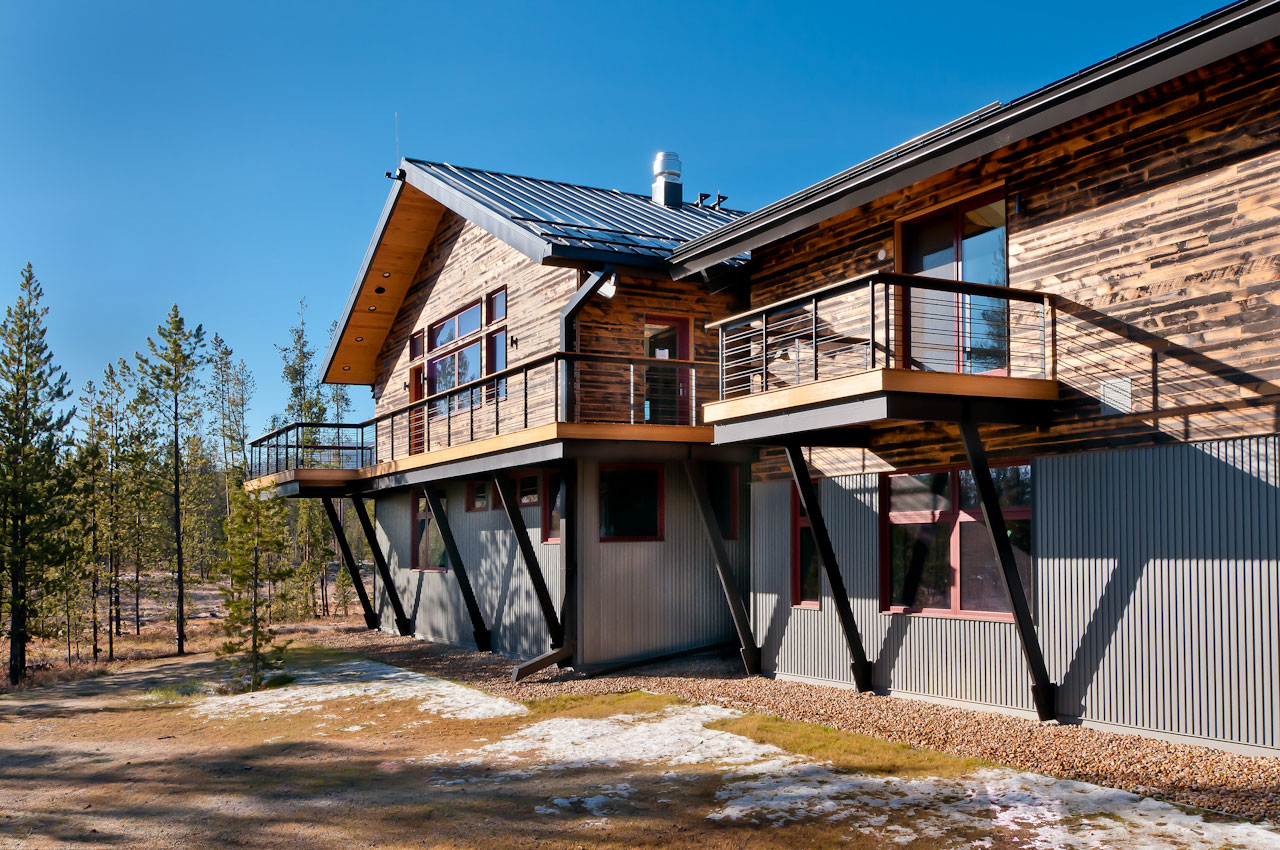
Photo courtesy of Centennial Woods
For decades the design industry has used other forms of reclaimed wood: barn siding is particularly well known, as are reclaimed wood pallets, railroad ties and trestles, and downed timber.
But these other types of used woods were subject to conditions that compromise them. Barn wood that had contact with animals can hold bacteria from fecal matter. Fallen trees have to be treated to ensure mold, mildew, and insects (that might include termites) are not present. Wood that was painted before 1978, when lead paint was banned, might contain that heavy metal, which is released when cut or sanded. Wood used for railroad tracks (ties and trestles) contains fire-retarding creosote or pentachlorophenol, the latter of which is declared by the EPA to be a “probable human carcinogen.”
Wood from Centennial Woods is exposed raw to the elements—freezing winds in winter, blazing sun in summer—as its “process.” It arrives with very low moisture content (4 to 6%) at the Centennial Woods mills in Laramie, a circumstance that eliminates the time typically required in a kiln.
“It’s not even necessary to put this in a kiln, but some heat treatment is required when meeting exporting rules,” says Ed Spal, CEO of Centennial Woods. This ready-to-hang feature of the Wyoming fence wood leads to minimal “movement” (expansion/contraction) of the product, he says.
Can Reclaimed Wood be Used for Residential Projects?
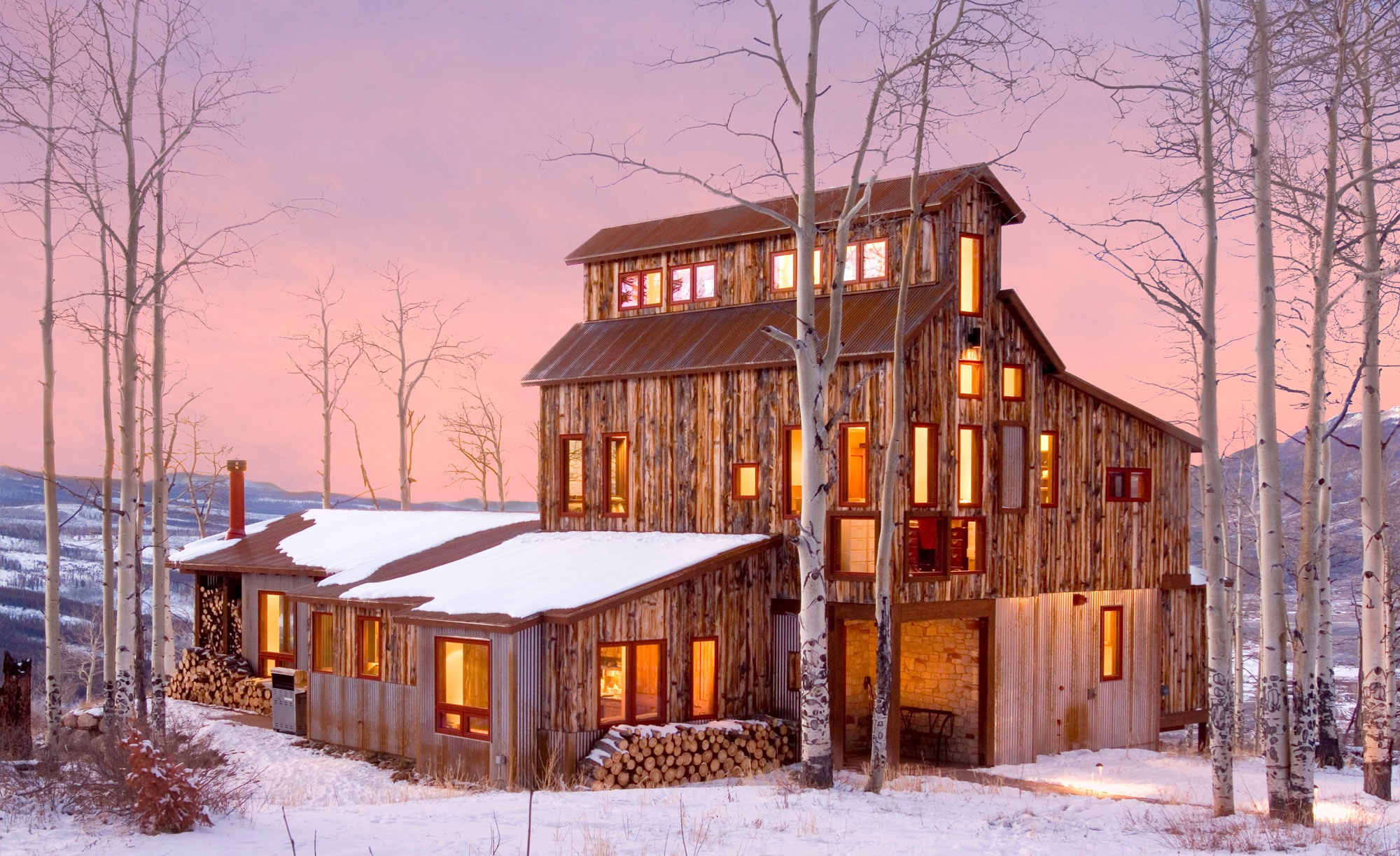
Photo courtesy of Centennial Woods
Absolutely. A zero net energy home that was clad in fence wood is among Centennial Woods’ favorite projects. The 5,320-square-foot home situated at an 8,000-foot elevation in Fraser, Colorado has everything a green building needs—a 17kW photovoltaic array that fully powers the home and two cars, a tightly insulated envelope, high-efficiency fiberglass windows, a green roof, LED lighting, and automated window shades. It has a HERS score of -22 (a standard new home scores at 100; anything less beats the average and below zero it produces more than it consumes).
But the home’s most prominent aesthetic feature is the entire second floor exterior, faced in Centennial Woods board. The average annual temperature at this mountain retreat is 34 degrees, a condition that the former fencing can easily tolerate.
Is Reclaimed Wood Carbon Neutral?
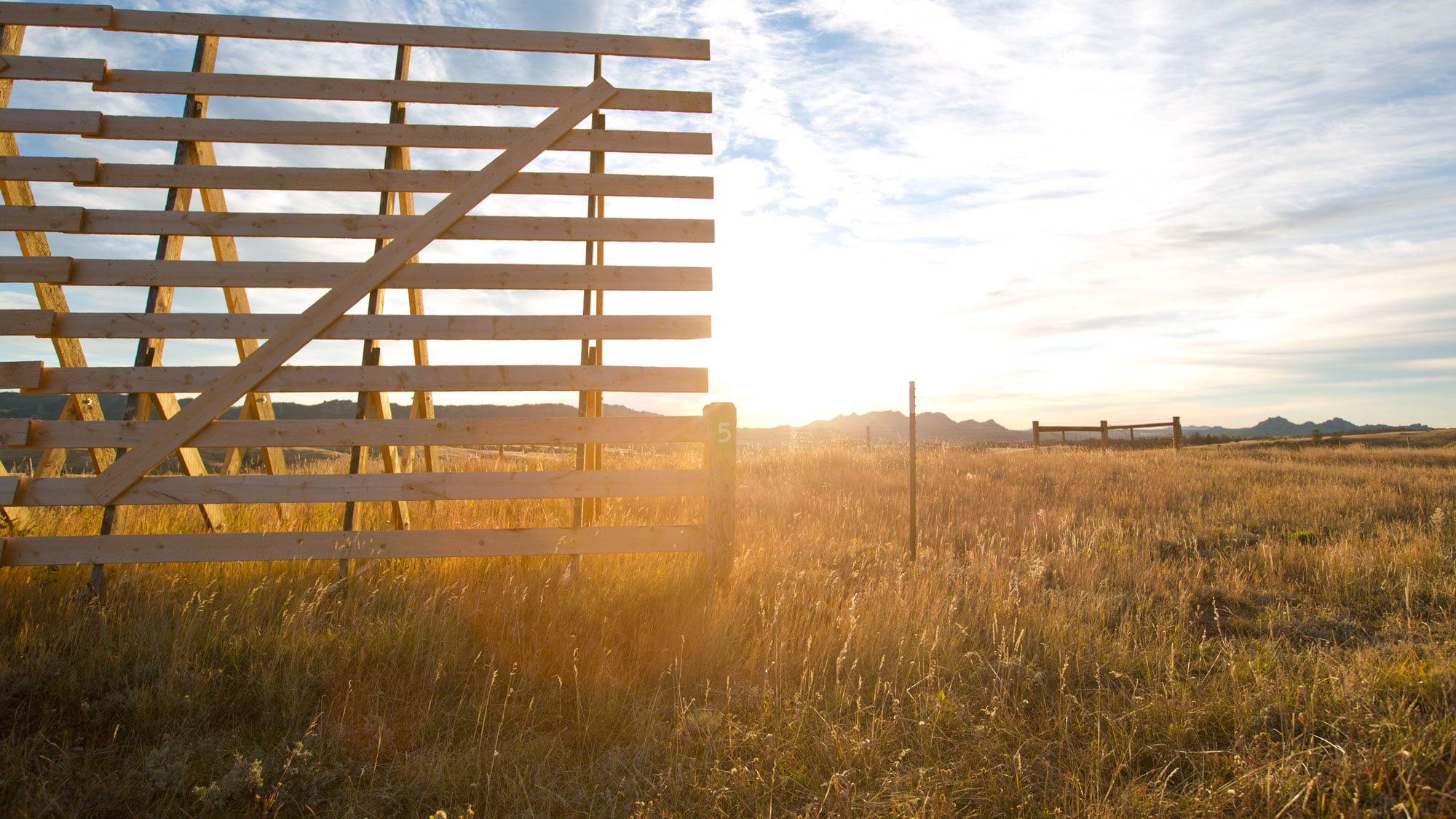
Photo courtesy of Centennial Woods
The reclaimed Wyoming fence wood can be found in projects in Laramie, Seattle, New York, Dubai, and elsewhere. The Singapore Green Building Council did a carbon impact study of the product and found that, even accounting for shipping across the Pacific Ocean, this weathered wood is carbon negative.
“Because we do not have to do any kilning, a lot of energy is saved there,” Spal says. He notes that cedar, pine, and oak lumber all need extensive drying to give it build-worthy characteristics.
Most applications of Centennial Woods are in building interiors, away from the elements. That is largely driven by its rich aesthetic. But given its history, the product is wholly suitable for exterior applications.
Can Reclaimed Wood Earn LEED Points?

Photo courtesy of Centennial Woods
The short answer? Yes. Several retail chains use reclaimed Wyoming fencing from Centennial Woods in their stores: Bass Pro Shops, Cabela’s, Shake Shack, Whole Foods Markets, and Boot Barn among others. The aesthetic works, particularly but not exclusively in outdoors-themed businesses.
But what gets a great deal of attention is a LEED certified Starbucks that is clad with Centennial Woods board on the exterior. It’s a concept being tested as a drive-thru and walk-up store only—no latte sipping in comfortable chairs inside, because there is no inside for public use. The building is made of a decommissioned shipping container, factory-rehabbed and delivered to the site in Denver where its arresting appearance serves as part of its signage.
Spal explains the product qualifies for MR (Materials and Resources) in the MR3, MR4, and MR5 under LEED credits, the last of which for those installations within 500 miles of Laramie (Denver falls well within that range).
“We have one of the largest supplies of reclaimed wood,” Spal says. “All have a consistent look. We’ve even helped with 10-year-old projects where they want to do an addition. The ‘new’ wood looks the same as what was installed a decade earlier.”

